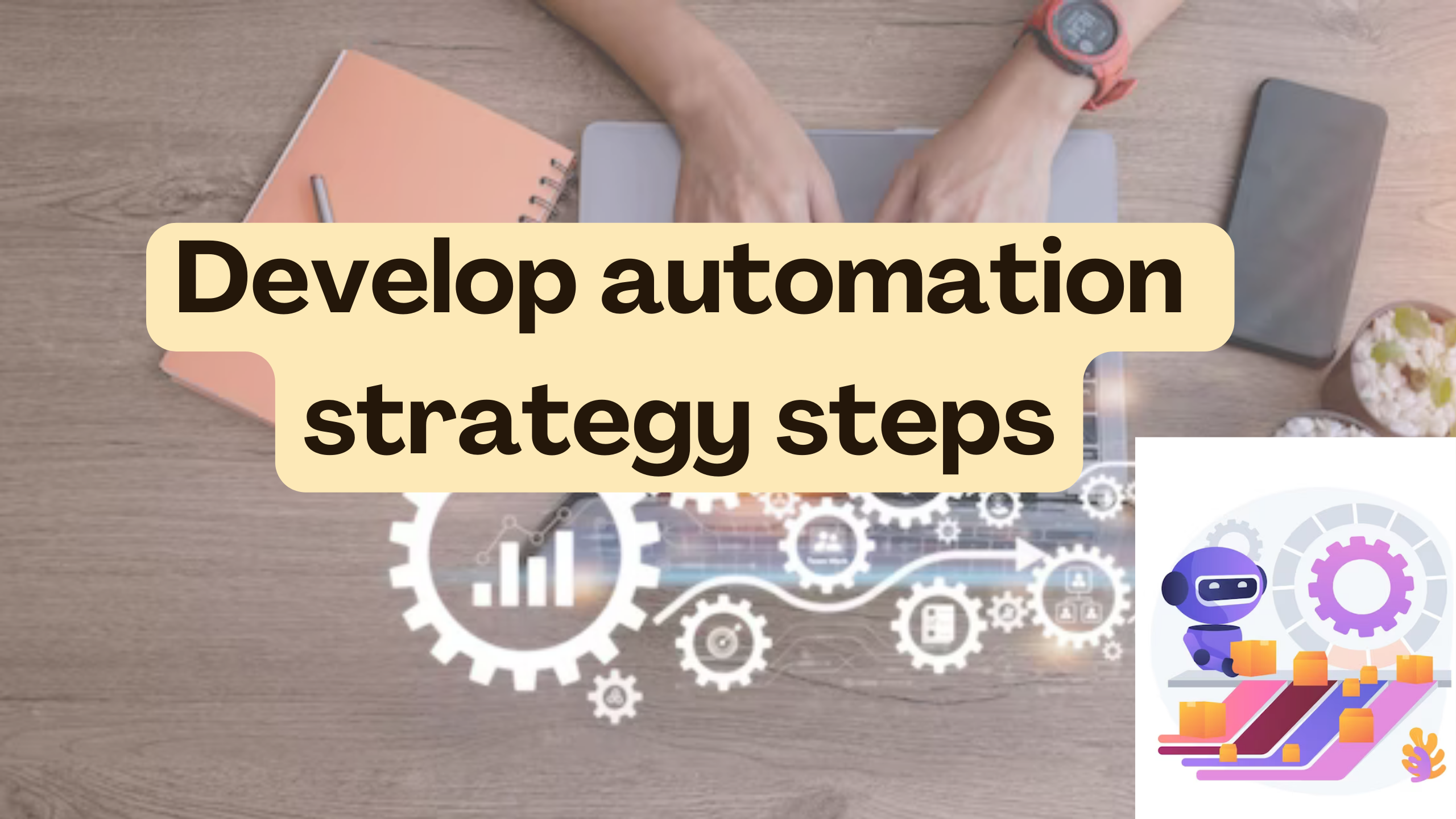Develop automation strategy steps
-


Developing an Automation Strategy: Unveiling the Steps to Success
In the dynamic landscape of business operations, developing an automation strategy has become crucial for efficiency, scalability, and competitiveness. This article unveils the essential steps to create a robust automation strategy, answering the query: How do you develop an automation strategy?
Understanding Automation Strategy
Before delving into the steps, let’s define an automation strategy:
Automation Strategy: An organized plan that outlines how an organization will leverage automation tools and technologies to streamline processes, enhance productivity, and achieve business goals.
Steps to Develop an Effective Automation Strategy
1. Identify Objectives and Goals:
- Clearly define the business objectives you aim to achieve through automation.
- Align automation goals with overall business goals for seamless integration.
2. Evaluate Current Processes:
- Conduct a thorough analysis of existing processes to identify bottlenecks and areas prone to human error.
- Pinpoint tasks that can be automated for efficiency gains.
3. Select Appropriate Automation Tools:
- Explore and choose automation tools that align with your business needs.
- Consider tools for various aspects, such as workflow automation, data automation, and communication automation.
4. Design Workflow Processes:
- Map out detailed workflow processes, highlighting decision points and automation triggers.
- Define how different processes will interact within the automated system.
5. Integration with Existing Systems:
- Ensure seamless integration of automation tools with existing systems and software.
- Minimize disruption to ongoing operations during the implementation phase.
6. Data Security Measures:
- Prioritize data security and implement measures to safeguard sensitive information.
- Choose automation tools with robust security features.
7. Training and Change Management:
- Provide comprehensive training to the workforce on the new automated processes.
- Implement change management strategies to ease the transition.
8. Continuous Monitoring and Optimization:
- Establish protocols for ongoing monitoring of automated processes.
- Regularly optimize automation workflows for enhanced efficiency.
Relevant SaaS Products to Boost Automation Strategy
As you embark on your automation journey, consider these SaaS products to complement and enhance your strategy:
1. Zapier
- Zapier: A powerful automation tool that connects various apps and automates workflows.
2. Integromat
- Integromat: An automation tool with advanced integration capabilities, allowing for complex workflows.
3. Microsoft Power Automate
- Power Automate: Formerly known as Microsoft Flow, it provides automation capabilities within the Microsoft ecosystem.
4. Kissflow
- Kissflow: A workflow automation platform that streamlines business processes.
5. UiPath
- UiPath: An advanced robotic process automation (RPA) tool for automating repetitive tasks.
Conclusion: Transforming Business Operations with Automation
In conclusion, developing a successful automation strategy requires a methodical approach, encompassing clear objectives, meticulous planning, and the right set of tools. As businesses increasingly embrace automation, Subscribed.FYI emerges as a valuable resource.
Explore Exclusive Deals with Subscribed.FYI
Visit Subscribed.FYI Deals to discover exclusive offers on SaaS products that align with your automation strategy. Unlock savings and optimize your business processes with these tailored deals.





